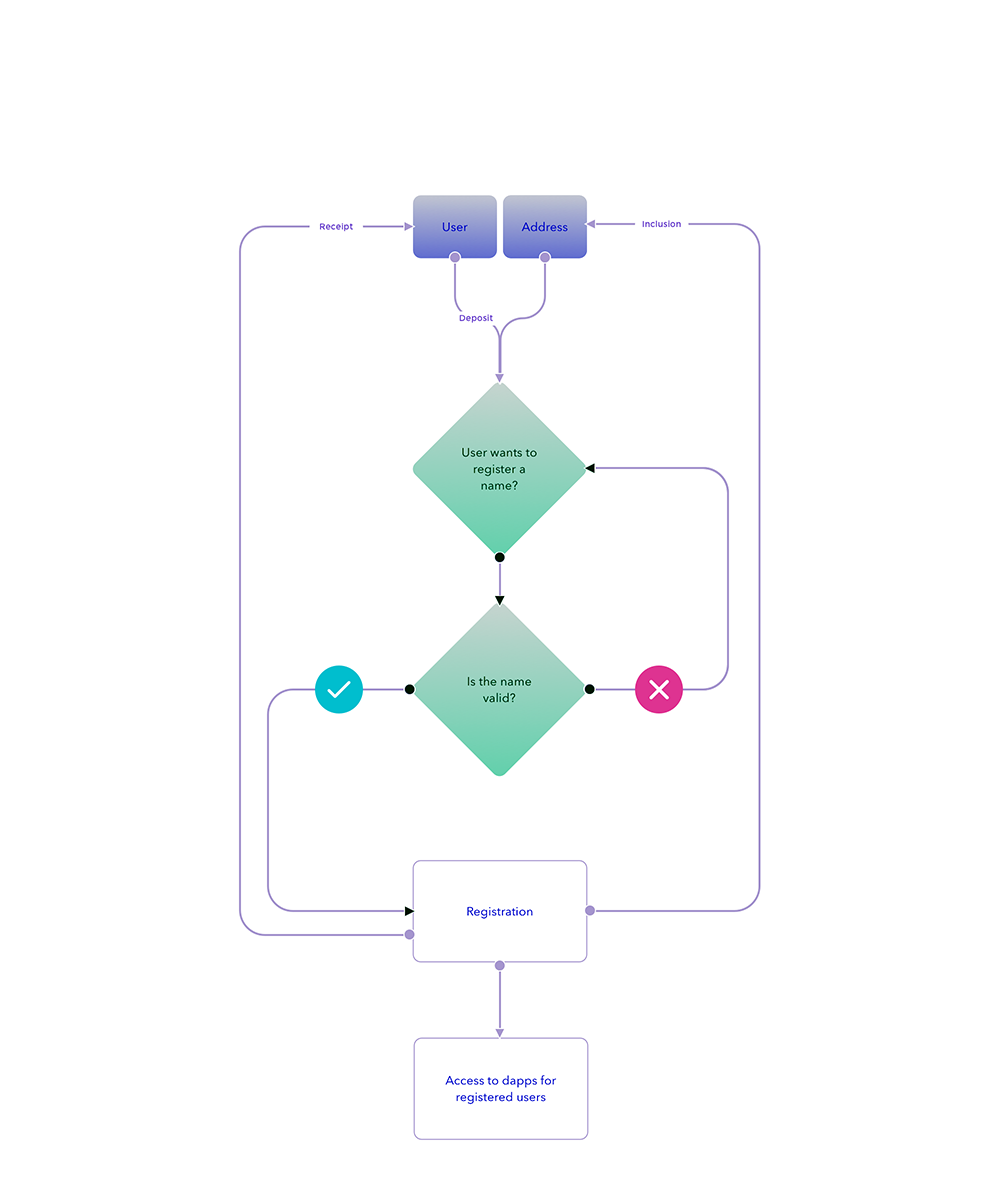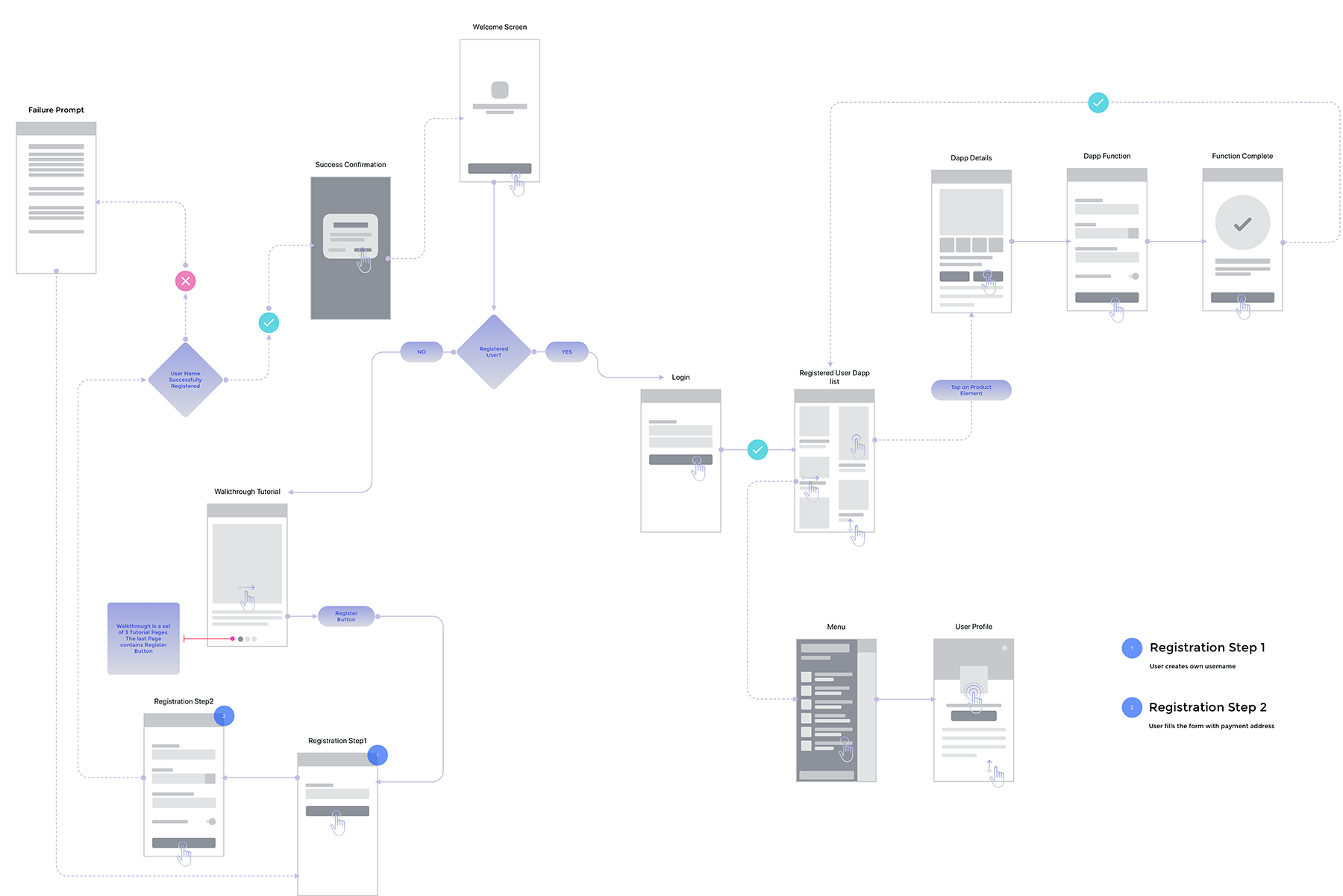
STATUS
Mobile Ethereum DApp Browser
TASKS
Research, information/UX architecture, strategic design.
The Future of DApp Browsers
The following paper details user research and UX design targeting optimized user flow, interaction cost and general information architecture feasibility improvement of Status, mobile Ethereum OS.
Introduction
Interaction Context
Example Use-Cases
Our goal with the MVP solution was to introduce high impact features that were relatively easy to implement, allowing us to validate our assumptions and iterate accordingly.
This MVP specifically focused on:
RESULTS
New optimized responsive registration experience delivers frictionless on-boarding with reduced interaction cost and significantly improves engagement and conversion. Once in place, the design supports user acquisition engine that provides a cryptographically provable and transparent means of growing the user base.
25
User Experience Increase
35
Interaction Cost Reduction
45
User Trust Increase











